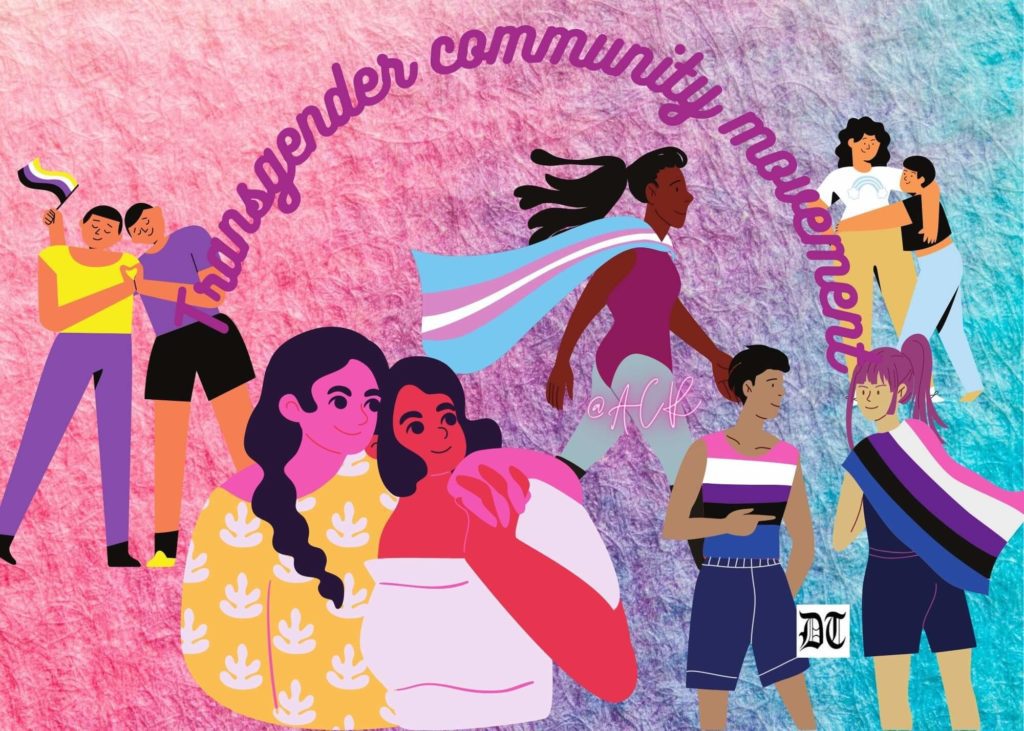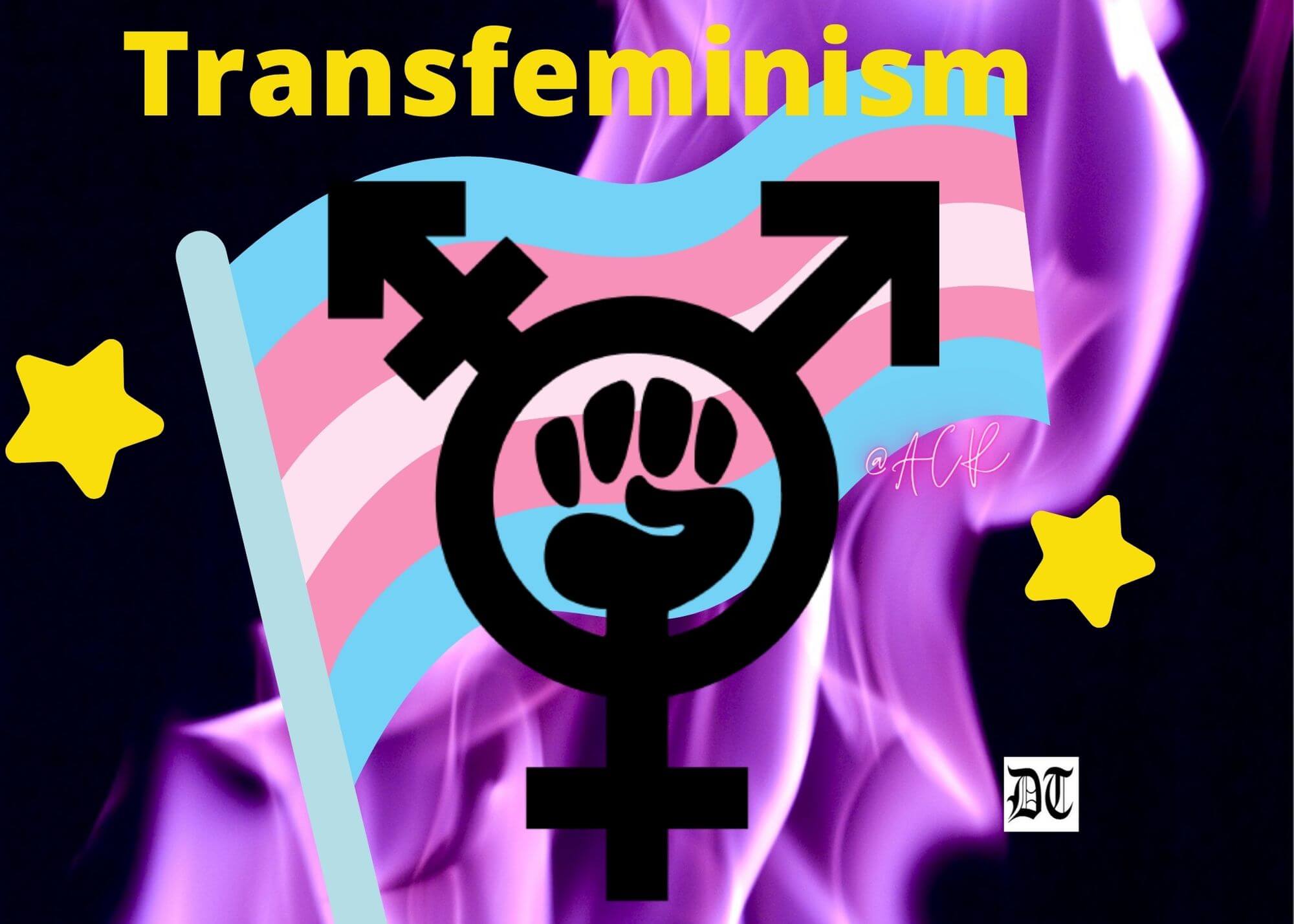Transfeminism, a Spanish term, came into vogue in the late 1980s. During that period many feminist working group meetings called for the inclusion of trans women into feminist politics, informs Shormita. An exclusive for Different Truths.

The term ‘transfeminism’ or transfeminismo is a Spanish term; it was first introduced in Spain in the late 1980s, during that period many feminist working group meetings called for the inclusion of trans women into feminist politics. It functions to analyse the policies and methods of feminist approach towards trans-liberation and empowerment. Transfeminism is a movement which supports the belief that the rights of the transwoman, transman, transsexuals and intersex people should be linked to the feminist movement. It was started in France in the late 1990s; it aims to oppose the homogeneity of the white, straight and conceptual subject of feminism.
However, it has been observed that the third wave feminism has empowered the transgender individuals who have faced discrimination in society. Both transfeminism and third-wave feminism have the same intersectional approach to examine the interconnected structure of the society that includes gender, class, race, sexual orientation and other defining features.
However, it has been observed that the third wave feminism has empowered the transgender individuals who have faced discrimination in society. Both transfeminism and third-wave feminism have the same intersectional approach to examine the interconnected structure of the society that includes gender, class, race, sexual orientation and other defining features. Transfeminism extends its feminist approach to transgender issues, which have been largely overlooked or misinterpreted by other feminists in the past.
Transfeminists like Emi Koyama, Julia Serano, Krista Scott Dixon, and other radical feminists like Catherine MacKinnon and Andrea Dworkin are some of the people from the Western countries who supported and raised their voice for a trans-inclusive society. Emi Koyama, scholar and activist has defined transfeminism as ‘a movement by and for trans women who view their liberation to be intrinsically linked to the liberation of all women and beyond. It is also open to other queers, intersex people, trans men, non-trans women, non-trans men and others who are sympathetic toward needs of trans women and consider their alliance with trans women to be essential for their own liberation.’

Significantly in India, this movement has started taking place gradually in the transgender community. There are some crowned transgender people in the list who have excelled in their field of work and has done some extraordinary work to uplift the status of their community.
Significantly in India, this movement has started taking place gradually in the transgender community. There are some crowned transgender people in the list who have excelled in their field of work and has done some extraordinary work to uplift the status of their community.
· Manobi Bandopadhay– India’s first trans-woman to become principal in a post-graduate college in Kolkata.
· Padmini Prakash– India’s first transsexual television anchor.
· Lakshminarayan Tripathi– Transgender rights activist and the first transwoman to become Acharya Maha Mandeleshwar of Kinnar Akhada.
· Kalki Subramaniam– India’s first transgender entrepreneur.
· Narthaki Nataraj– First trans-woman to receive Sangeet Natak Akademi Award.
· Joyita Mondol– India’s first transgender person to be appointed as judge in Lok Adalat in Islampur, West Bengal.
The emergence of transfeminism in the Indian society is as important as any other revolution in the history of India. Laxminarayan Tripathi has established a support group for the fundamental rights of the hijras which is known as ‘Maharashtra Trutiya Panthi Sanghatana’(MTPS). This organisation tirelessly works for the welfare of the hijra community as it managed to convince the state government and the Planning Commission to issue Aadhar Card for the Hijras and also to obtain housing and employment benefits.
Joyita Mondol has started her own organisation ‘Dinajpur Notun Alo’ which has saved around 2200 transgender people in the region. Transfeminism is a new domain of study, which empowers the transgender community, women, and other queer persons. It is a new movement which is gradually emerging in India.
Joyita Mondol has started her own organisation ‘Dinajpur Notun Alo’ which has saved around 2200 transgender people in the region. Transfeminism is a new domain of study, which empowers the transgender community, women, and other queer persons. It is a new movement which is gradually emerging in India.
Many trans-activists like Laxminarayan Tripathi, Manobi Bandopadhay, Living Smile Vidya, A. Revathi, Joyita Mondol, Manisha Mahant, etc. are coming forward as a proud and successful representative of their community and raised their voice for the rights and acceptance of the people of their community.
Visuals by Different Truths





 By
By
 By
By
 By
By
 By
By